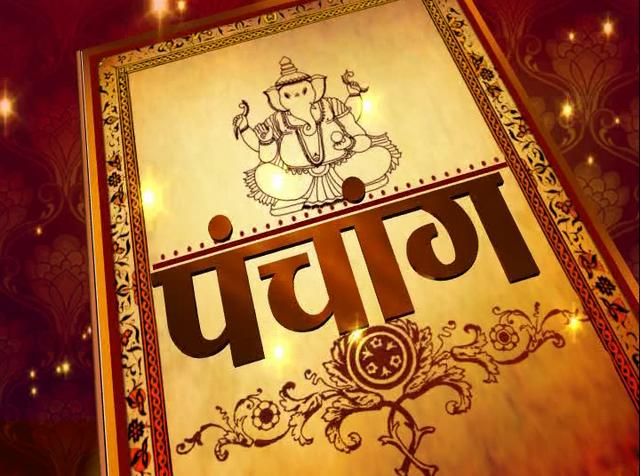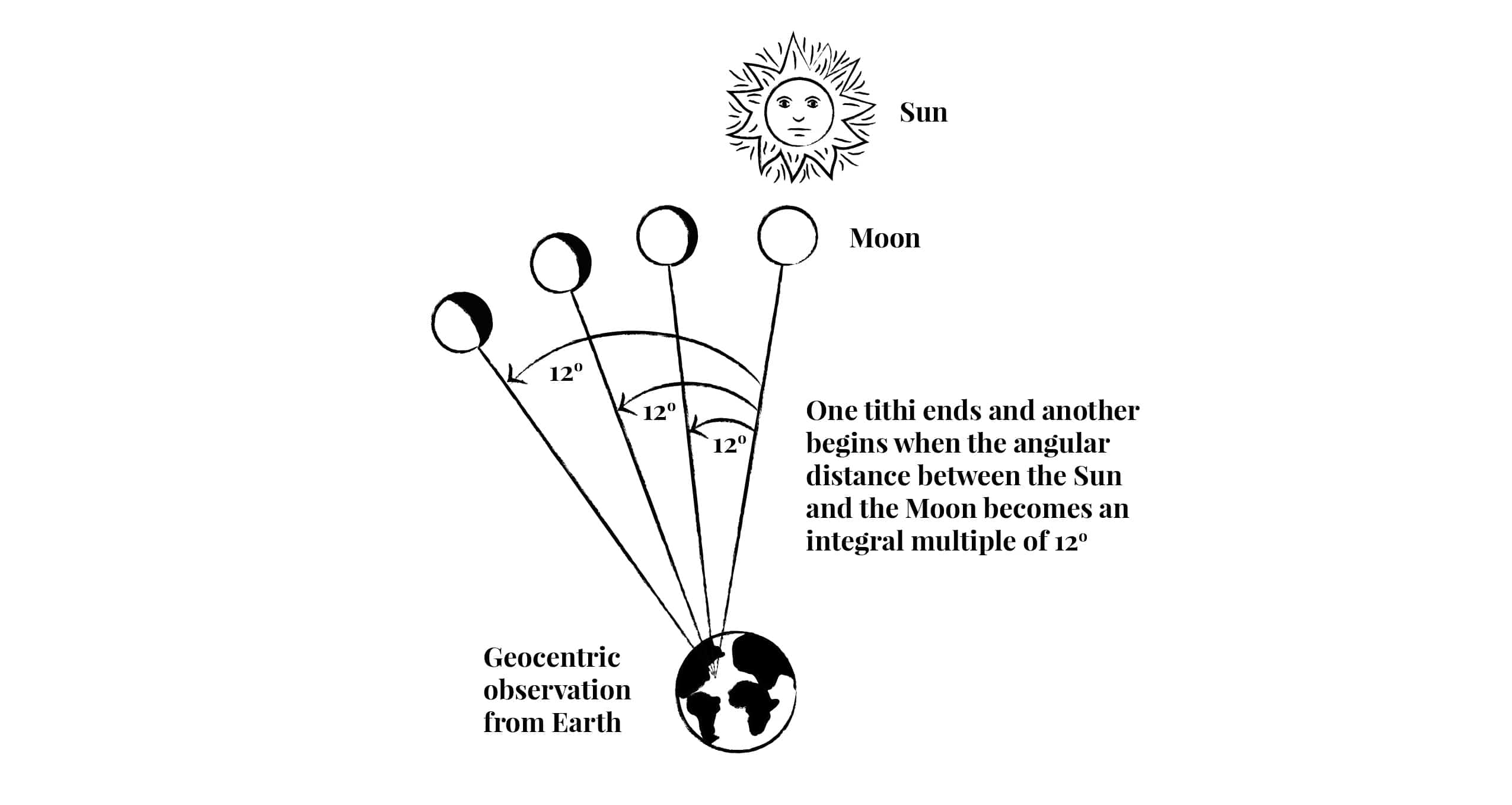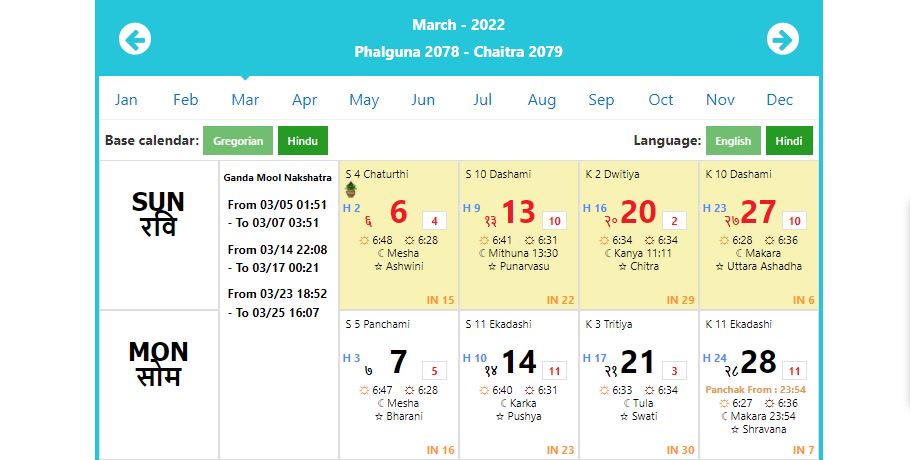
India has a number of variations and versions in its Panchang or calendar. After that, different religions have their own calendars for their religious events. So, Panchangam or Panchang is the Hindu calendar that beholds information like Muhurat, Pakshas, Vaar, Tithi, etc. Hence, prior to heading towards learning how to read panchang, you must understand what it actually is and what role it plays in the Hindu culture.
Also Read: Mercury Retrograde In Capricorn 2022: How It Will Affect Each Zodiac Sign
Hindu Panchang, also known as the Hindu calendar or Panchangam is a collection of a number of lunisolar calendars widely used in Vedic astrology. It is a Sanskrit-driven word. When divided into two parts, the first word, “Panch,” means five, and the second one, “Ang,” means Limbs. It is basically a static way of timekeeping that varies depending on the Sun or the Moon cycle, months’ names, and New Year’s beginning.
It enlists a track of auspicious and vital dates along with the astrological data illustrated in a tabular form. Moreover, depending on the position of the stars, planets, and other heavenly bodies, a Panchang is made. Before beginning any Shubh Karya or auspicious task like Puja, marriage, business, celebrations, etc., Panchang is considered of utmost priority.
In the same vein, we shall help you learn how to read Panchang in 5 simple steps that include its importance, the terms you shall find in a Hindu calendar, along with several other needful rules.
Also Read: Effects Of Rahu And Moon Conjunction In Different Houses
The majority of Indian festivals and fasts are celebrated according to the regional Hindu calendars that depend on two major elements—Solar Calendar and Lunar Calendar. These are collectively known as Lunisolar calendars.
Those who are religious, and have faith in Vedic astrology, Jyotish Shastra, or Vedas, follow Panchang very keenly. Also, they celebrate New Year, the first day of the year, according to the Panchang system. The believers go for special donations, offer prayers and perform religious prayers on special occasions of Panchang that are religiously significant.
Before we move ahead in the course of learning how to read Panchang, let us go through the two types of calendars:
Also Read: Effects Of Rahu And Sun Conjunction In Different Houses
Just like the English or Western calendar, Panchang also depends on the Samvat (The Year), Maas or Maah (The Months), and Tithi (the dates).
A particular year in the Hindu calendar is known as the Samvat. There are numerous Samvat(s) or ways to calculate the time and year, but only about 50 are noteworthy in today’s time and just 20 trends these days. The Samvat used today internationally is the Isvi Samvat, and the Gregorian and Western calendar depends on it. Other calendars that you might come to your knowledge would be:
However, Vikram Samvat is the calendar we shall learn here. It is the calculating system of the Hindu Panchang we are learning.
The months in the Hindu Panchang are known as the Maas or Maah. And, just like the English calendar, they too are divided into 12, namely:
Also Read: Your Zodiac Sign’s Lucky And Worst Month In 2022
The days mentioned in the Hindu calendar are known as Vaar. These are the following:
A particular date of the Panchang calendar is called Tithi. To clarify, each of the Moon’s arcs depicts a Tithi of a month, and each tithi occurs twice in one month. Thus, these are also called the Panchang dates or the Panchang date system and are divided as follows:

Also Read: Get Rid of Vastu Dosh By Storing Broom In The Right Way

The Moon depicts 15 uniformly calculated arcs during its transition from Full Moon to the New Moon and again from the New Moon to the Full one. Full Moon, here is the Poornima, when the Moon shows complete light. On the other hand, a New Moon means Amavasya, when you cannot see the light of the Moon.
These periods of 15 days are known as the Krishna and Shukla Paksha, respectively. You can also see them with the name Pehla Pakhwada or Badi (Krishna Paksha) and Dusra Pakhwada or Sudi (Shukla Paksha).
Also Read:
Here are a few pointers you must remember when considering the Full or the New Moon:
Also Read: Vasuki and Shiva- What is the Real Story?
This concept is followed immensely among Hindus and is utterly important when learning how to read Panchang. As per the planets, the auspicious days, dates, and timings that are favorable to execute some work are the Shubh Muhurats. In addition, Panchang’s reading helps figure out these according to the combination of Vaar (Day), Tithi (Date), and Nakshatra (Planets and Stars). Therefore, most of the Shubh Muhurat(s) fall in the 15 days of Shukla Paksha.
To Read More About The Shubh Muhurats in 2022. Click Here

Below is the concept of Tithi, Nakshatra, Vaar, and other factors that hold importance in figuring out a Shubh Muhurat:
Vaar for Shubh Muhurats are categorized into two parts:
Also Read: What To Not Do On Thursday? An Astrological Insight
There are all sorts of tithi that you might notice when looking for an auspicious Muhurat. And, they are very vital while learning how to read Panchang. Let’s have a look at them:

Those folks who have knowledge of Vedic astrology, calculate Nakshatra or stars and planets position. They make use of this time to calculate Muhurat from Panchang. And, thus Nakshatra holds immense importance when going through the topic of how to read Panchang.
Also Read: 4 Most Auspicious Nakshatras For Birth Of A Child
As much as the Vaar, tithi, and Nakshatra are vital for the Shubh Muhurat, Yoga and Karana are also vital for getting deep into Shubh Muhurat and figuring out the best date and time for a specific purpose.
A Yoga forms when the Nirayana longitude of Sun and Moon, and the total is divided into 27 parts of 13°20’ (each). Therefore, a total of 27 Yoga are there and they are the following:
Half of a tithi is known as Karna. It finishes when the Moon’s Nirayana longitude, each rises by 6° on that of planet Sun. Further, each Tithi has two Karanas, holding two parts of a particular Tithi, which makes it a total of 11 Karnas are there.
So, four of them occur just once in a month and are called Fixed Karanas.
However, the remaining seven Karanas are the Moving ones. These follow each other in a particular revolution. Below are the moving Karanas:
Also Read: These Zodiac Signs Will Likely Find A new Job In January 2022

So, by now, you would have understood everything that a Panchang or Hindu calendar includes. Therefore, let’s go through all the needful on how to read Panchang:
Do go through How To Read Kundli In 3 Easy Steps and our Other Blogs at AstroTalk
30,996
30,996




Choose your and your partner's zodiac sign to check compatibility